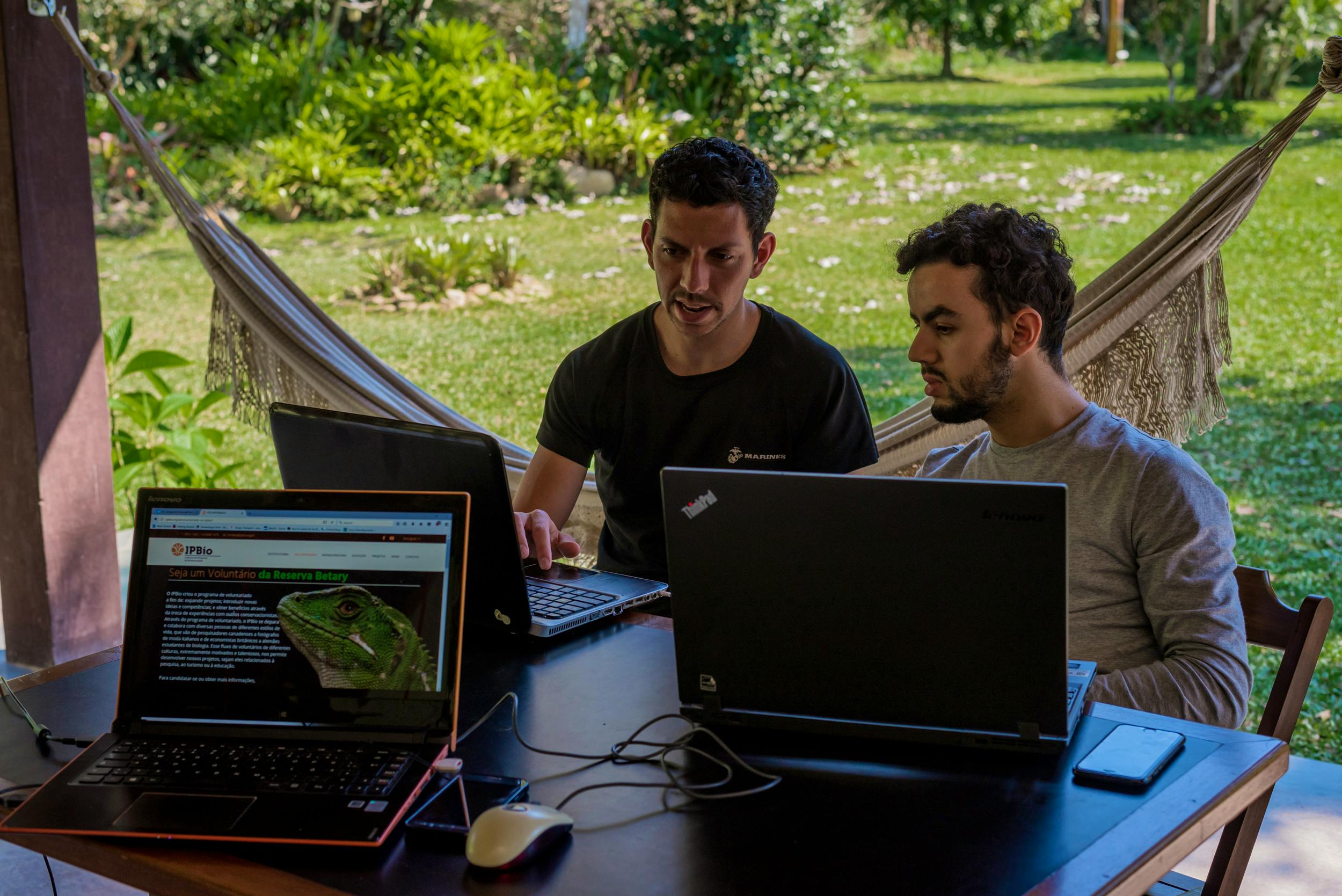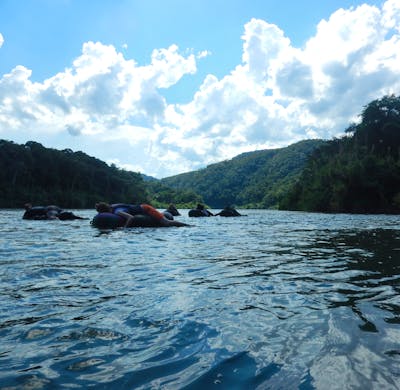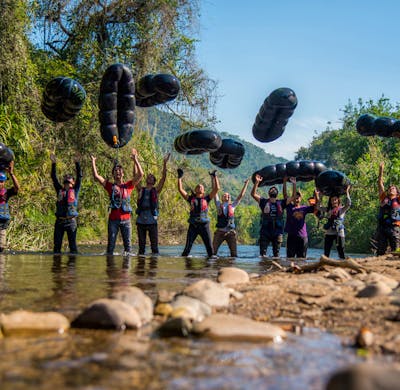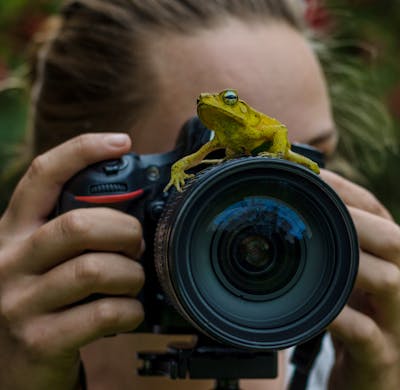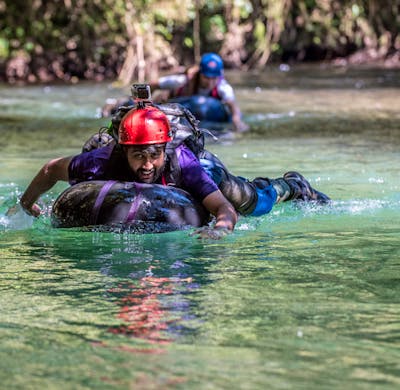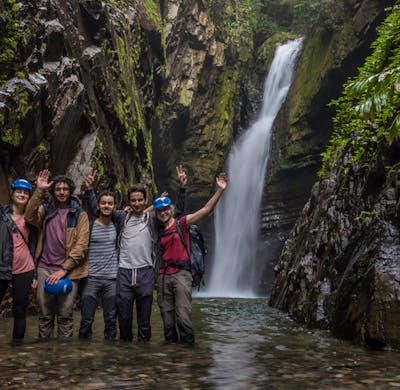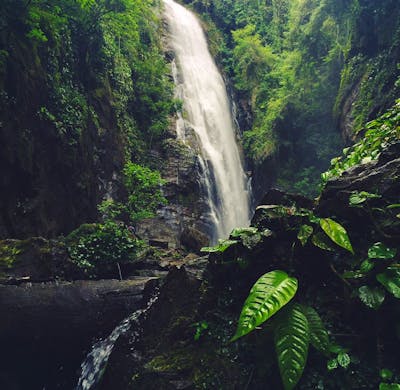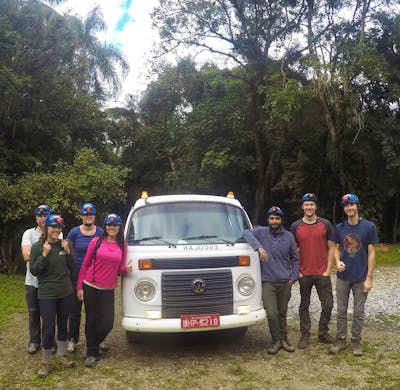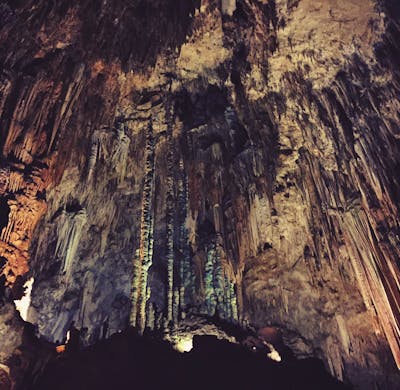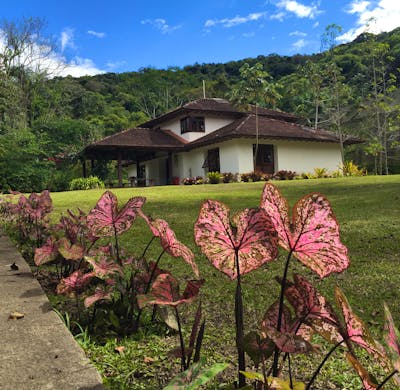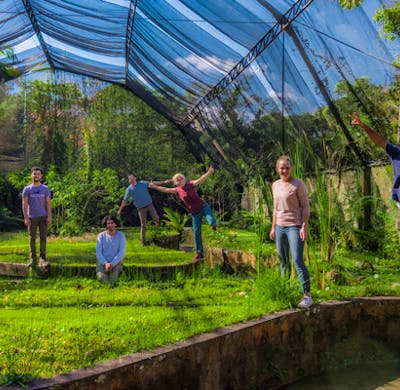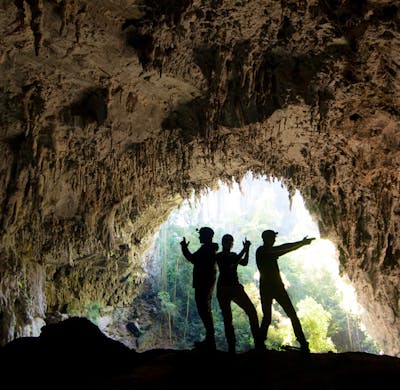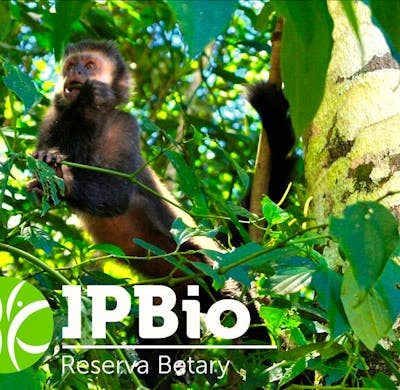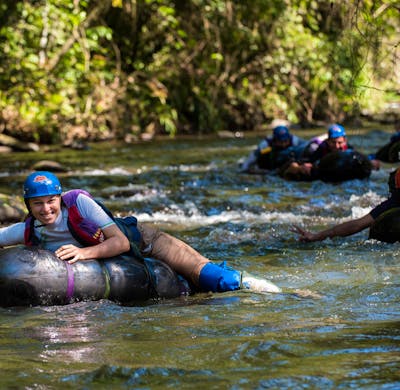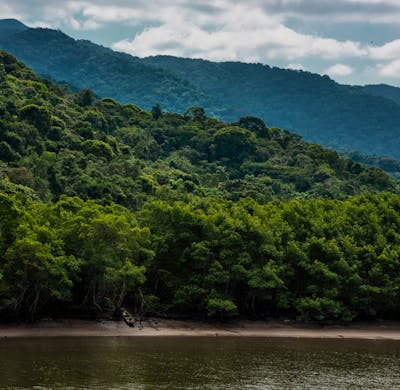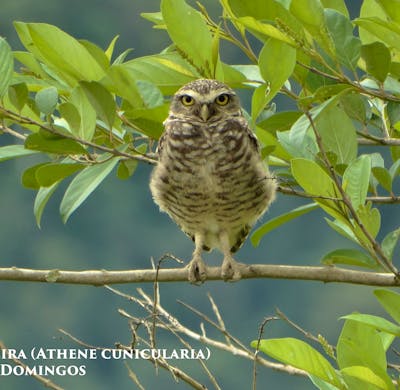The Program
Volunteers can help with raising international
awareness about the Institute and developing our communications by:
1) Improving the website - web design, additional
content, website translations
2) Social media - targeted messaging, blogs, Facebook
posts
3) Creating videos -
to recruit volunteers, display our infrastructure and inform people about our
work
4) Attempt to attract more volunteers by posting
adverts, like this one, on various volunteer websites
5) Contacting universities to organize courses or set
up agreements to develop our internship program
6) Promote and market our Ebooks on biodiversity and
wildlife
7) Develop and implement strategies to increase funds
by partnering with institutions, companies and other NGO´s
8) Help us acquire donated equipment such as audio
recording equipment that can help develop our research projects
Volunteers can also take part in fundraising efforts
for the Institute using our profile on an online fundraising platform called
Global Giving. Ensuring the long-term financial sustainability of the NGO is
critical to the longevity of existing programs and can allow us to develop new
projects. Come help us let the world know why we want to preserve our forests!
Living at IPBio
Volunteers will stay at the Darwin House, situated on
the reserve itself, which accommodates up to 8
people in 2 rooms. This house has a bathroom with a
hot shower and has a fully equipped kitchen where
volunteers can cook. It is the volunteer’s
responsibility to maintain and clean the house, we
take this very seriously. Volunteers can use our
organic vegetable and herb patch in their cuisine. Shops are in the town of Iporanga
6km away from the reserve, which you can walk or get
a lift, where there are various shops with all you will
need. Every day you will wake up to the sound of
birds, monkeys and frogs and can explore the reserves
grounds. During the weekend volunteers can visit the
State Parks to explore the caves, hike into the dense
forest surrounding them or visit the waterfalls. At the
reserve we have a deck where you can swim as well as
use our tubes (big circular water balloons) to drift
down the river along with the current. Volunteers can
also organize dinners, movie nights or social events which can be enjoyed with a glass
of wine or two. You can use the internet at the Center to Skype loved ones.
Location
The Atlantic Forest stretches from the northeastern to the southern regions of Brazil
and northern Argentina and southeastern Paraguay. Five hundred years ago, the
Atlantic Forest of Brazil covered approximately 330 million acres, but today only 7%
remains. In the Ribeira Valley, our region of the Atlantic Forest, we are at the footsteps
of 21% of the 7% that is left, it being largest contiguous section of the Atlantic Forest.
Despite the forests diminished state it still ranks as a global conservation priority.
Although it is now just a small fraction of the size of the Amazon rainforest, the
Atlantic Forest still harbors a range of biological diversity similar to that of the Amazon.
The Atlantic Forest harbors around 2,200 species of birds, mammals, reptiles and
amphibians – 5% of the vertebrates on Earth. This includes nearly 200 bird species
found nowhere else. The Betary Reserve is located next to one of the most famous
Brazilian State Parks named PETAR. The region is called the Cave Capital as it known
for containing over 300 spectacular caves, some which are accessible to tourists.
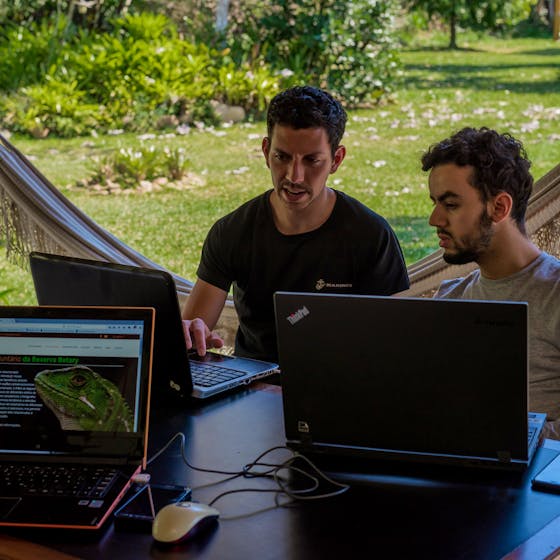
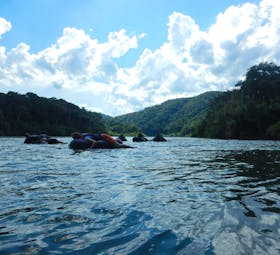

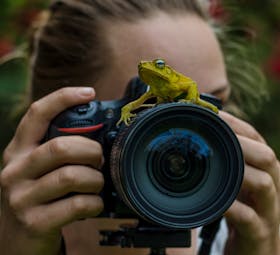
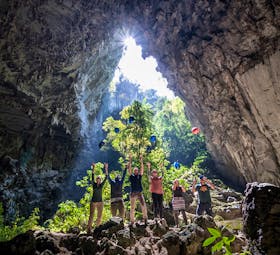

 4.7
4.7

